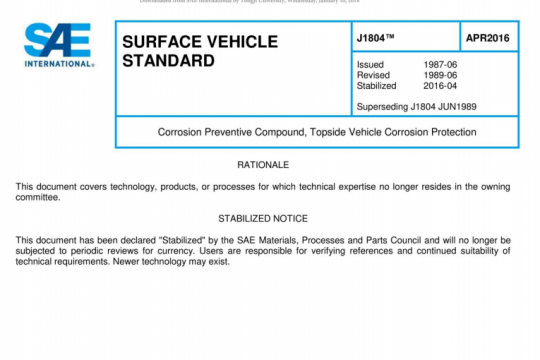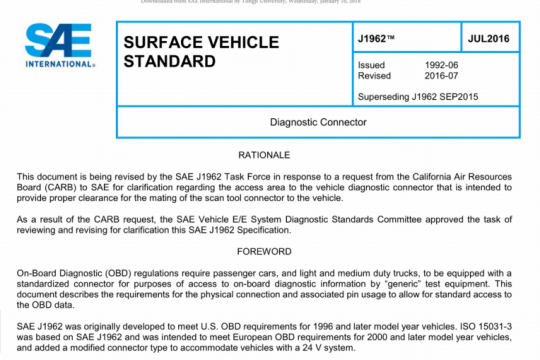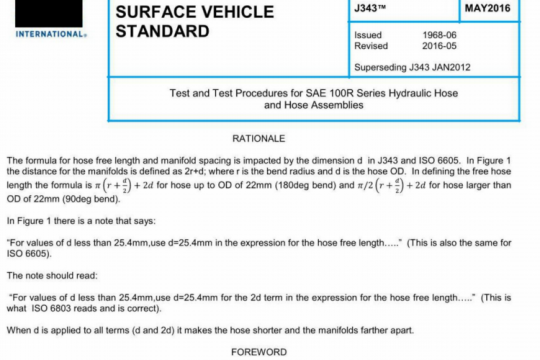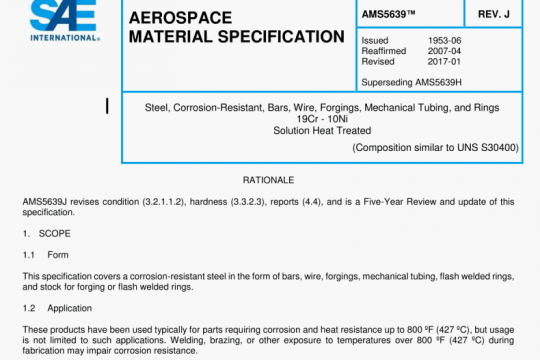SAE J2817:2019 pdf free
SAE J2817:2019 pdf free.Definition and Measurement of Torque Biasing Differentials
Locking effect (LE) is an alternate means of expressing torque imbalance supported by the differential. It is the relationship between torque difference and input (total) torque. It is useful when defining the performance of a torque split differential (ratio across outputs other than 1:-1). The relationship between locking effect and bias ratio is shown in Figure 2.
When biasing capability is added, torque is distributed over a range around the nominal split ratio. Torque distribution ratio (TDR) is the ratio of the output torques when biasing. It is expressed as the ratio of the high torque output to the low torque output and may also be shown as percent torque to front and rear. It is a combined effect of TSR and TBR.
In Example #2, the nominal 40:60 torque split will send up to 55% of the torque to the front or 74% to the rear due to the biasing capability. Within the defined limits of torque distribution, differential gearing remains static relative to the differential housing in a vehicle application. When torque distribution reaches either the bias to front or bias to rear limit, differentiation will occur with torque distributed at the limit. Torque distribution is shown graphically in Figure 4.
Torque biasing properties of bevel, helical, and planetary gear differentials are commonly achieved by using gear thrust forces to generate friction within the differential, and thereby resistance to differentiation. Spring thrust may also be added to generate additional friction.
Without the addition of spring thrust, there is generally negligible resistance to differentiation when input torque is equal to zero. With the addition of spring thrust, an initial preload is generated which creates resistance to differentiation when input torque is equal to zero.
Backlash is normally found in any bevel, helical, or planetary geared differential as a result of necessary manufacturing tolerances and operating clearances between internal components. It is evident during a load reversal as a rotational movement of the input or outputs which occurs before torque is transmitted. It should be noted that preload (e.g., spring) will increase the amount of input torque required before this rotational movement can be detected.SAE J2817 pdf free download.




